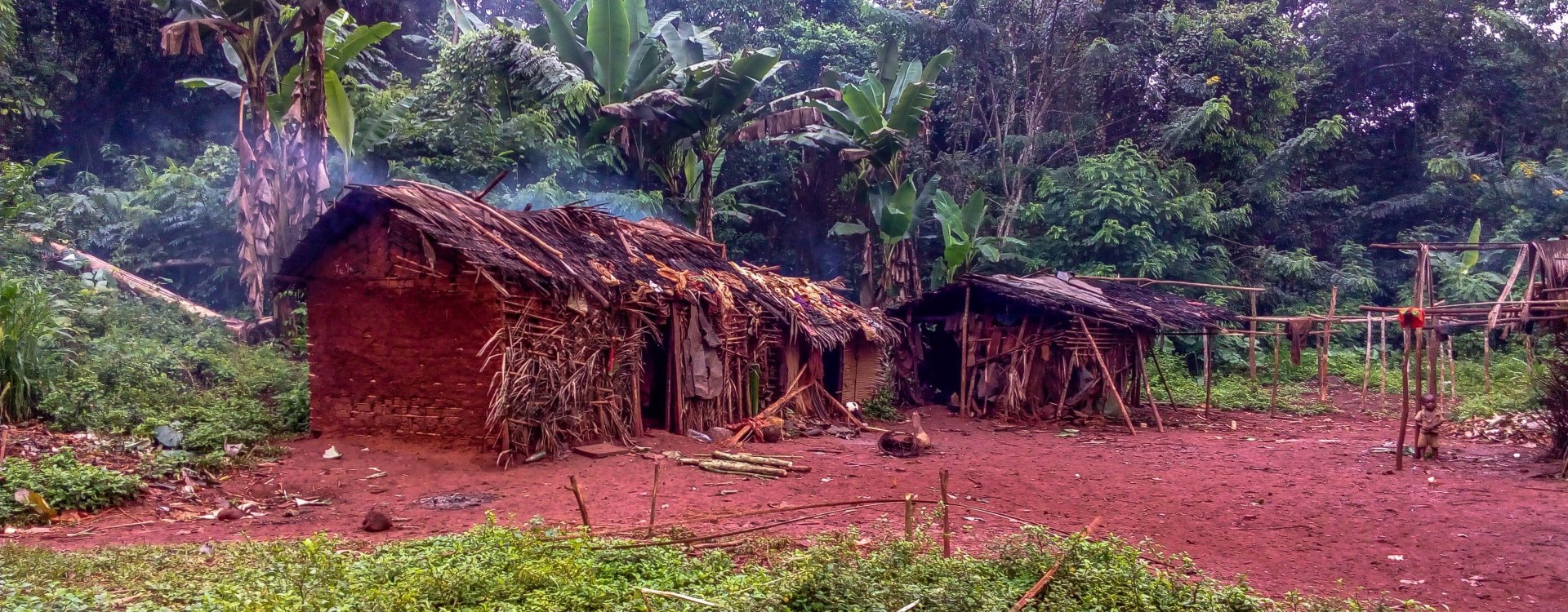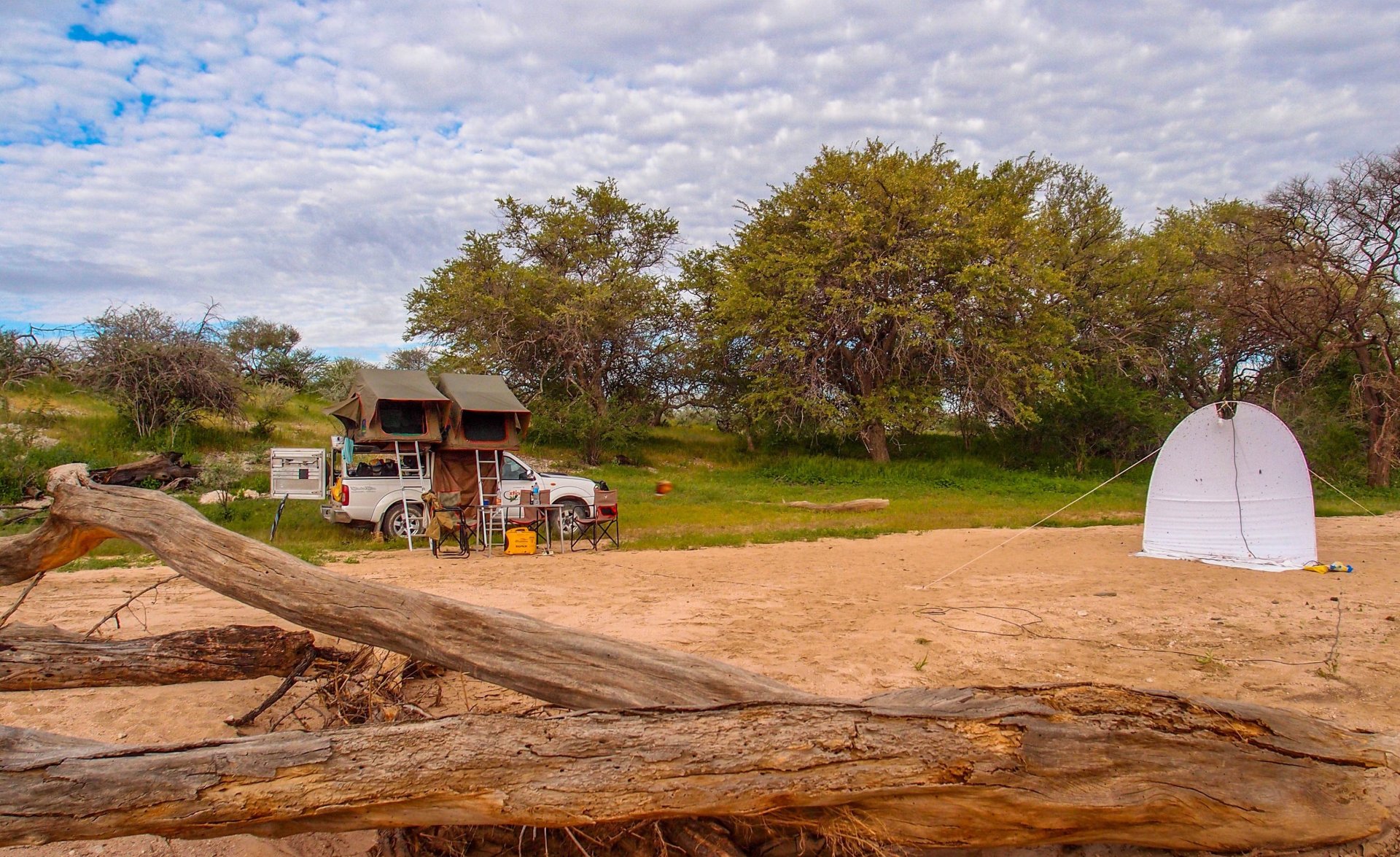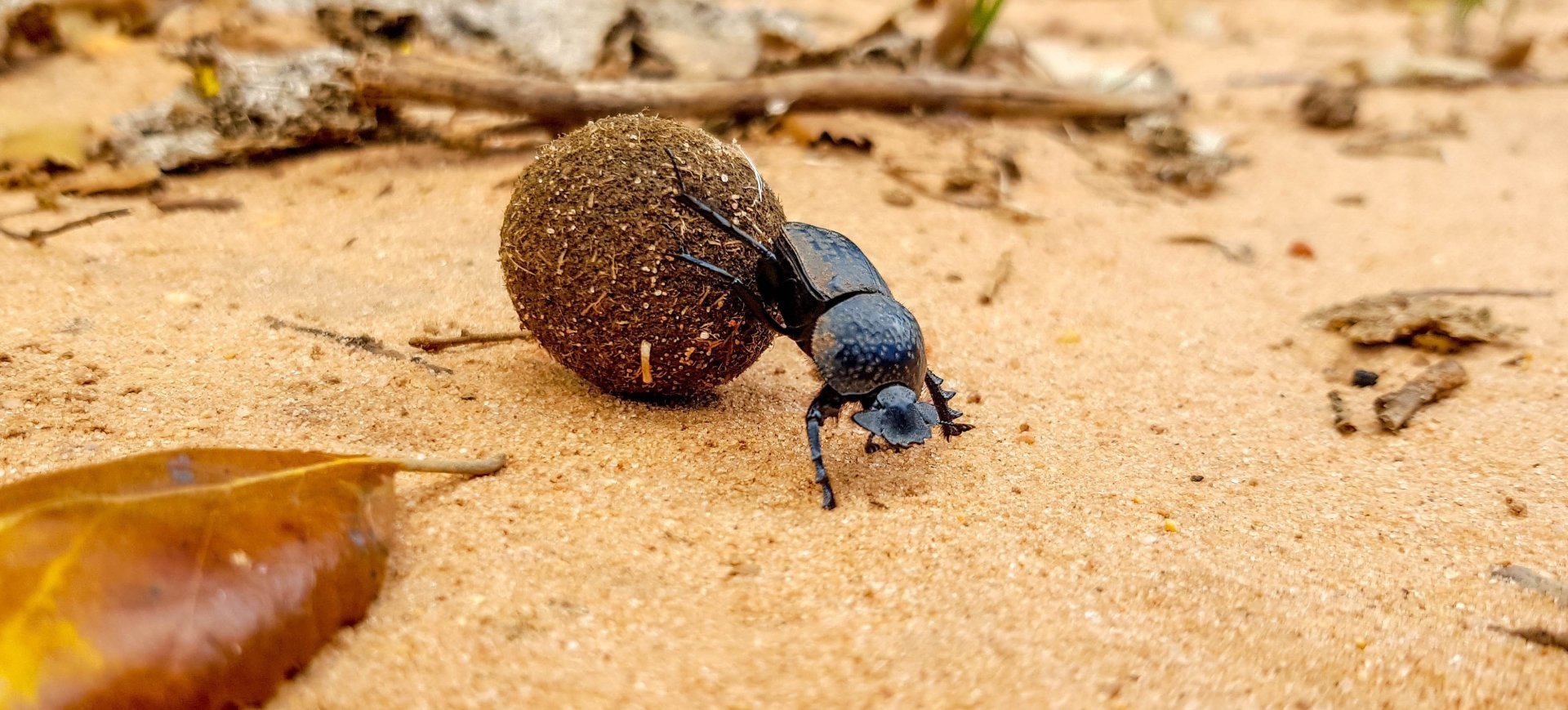







![]() Information: Apalus bimaculatus, is rare specie, was described by Linnaeusin 1761 originally as Meloe bimaculatus.
Information: Apalus bimaculatus, is rare specie, was described by Linnaeusin 1761 originally as Meloe bimaculatus.
Body length: 9 - 12 mm
Peak activity: January - April (depends on region)
![]() Remarks: The adults appear very early in spring. It is one of the first beetles to become active, already in the first warm days of February and March. It inhabits various open habitats, primarily with sandy soil, such as different types of steppe and secondary grasslands. Adults move on the ground among grass tussocks, occasionally making short flights. Apalus bimaculatus is a parasite of the solitary bee (Colletes cunicularius). It inhabits areas with strong and large populations of this bee.
Remarks: The adults appear very early in spring. It is one of the first beetles to become active, already in the first warm days of February and March. It inhabits various open habitats, primarily with sandy soil, such as different types of steppe and secondary grasslands. Adults move on the ground among grass tussocks, occasionally making short flights. Apalus bimaculatus is a parasite of the solitary bee (Colletes cunicularius). It inhabits areas with strong and large populations of this bee.
![]() Taxonomic classification:
Taxonomic classification:
![]() Material examined (& observation):
Material examined (& observation):
![]() Our observation period: February ~ April
Our observation period: February ~ April![]() Sampling Methods: on bush and flowers
Sampling Methods: on bush and flowers ![]()
![]()
 Czechia
Czechia